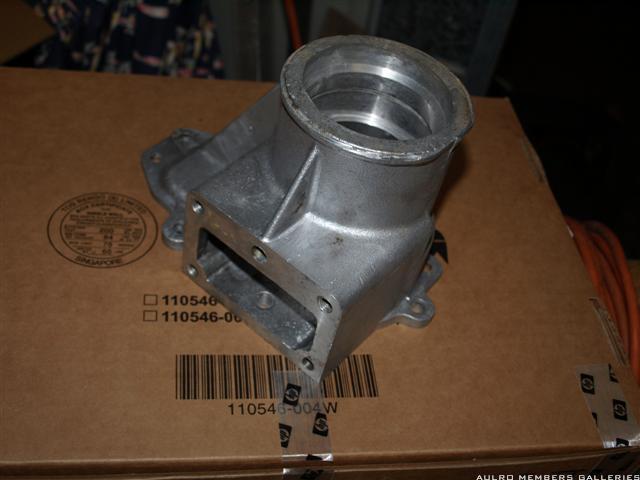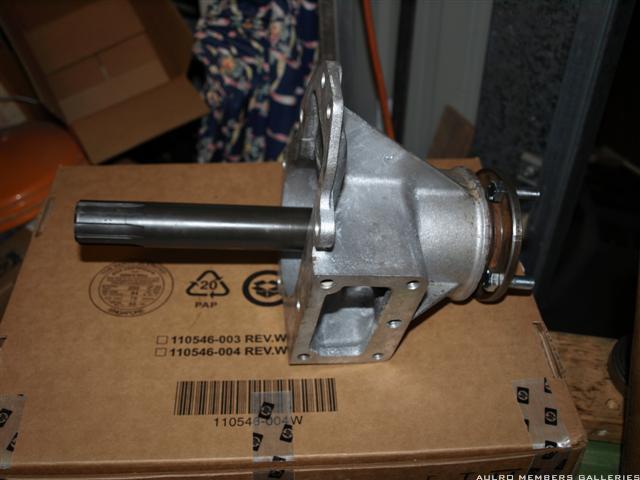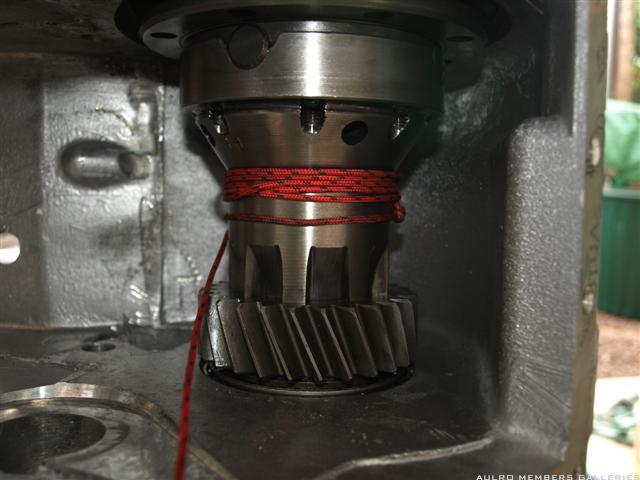The front output housing is pretty simple.
Here's the bare housing - the opening on the side is where the CDL actuator fits:
Just fit the bearing, circlip, and seal :
And then the shaft and flange. Use some form of sealant under the washer to stop any oil leaking down the spline (I used some loctite 518). No need to put it all down the splines - just under the washer.
If you need to replace the flange bolts then you will need to press off the mud slinger ring from the flange first, and refit it after fitting the new bolts.
Also, don't forget to refit the 2 dowels into the mounting flange if you removed them.
All assembled (minus the dowels) :
Steve





 Reply With Quote
Reply With Quote






Bookmarks